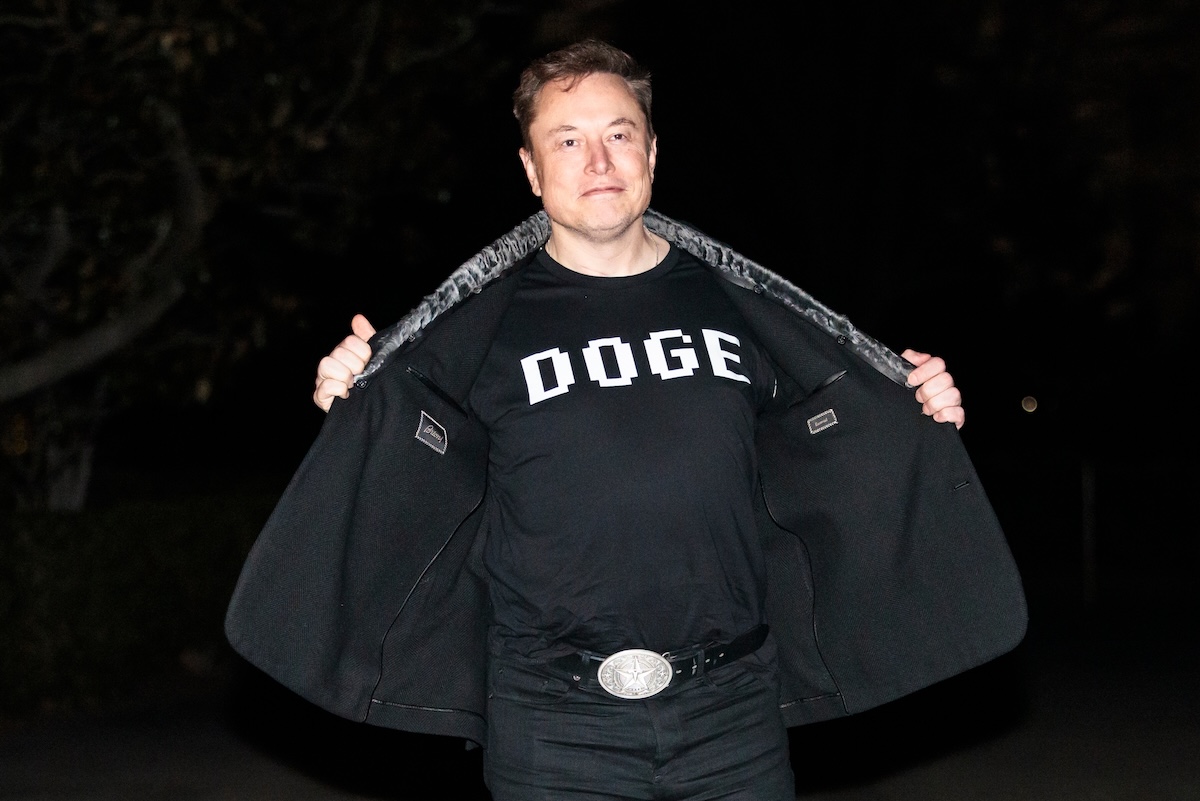
The Trump administration has reportedly pushed foreign governments to approve Elon Musk’s Starlink internet service as a condition for receiving U.S. tariff relief, according to an explosive investigation by The Washington Post.
Citing a “series of internal government messages,” the report alleges that U.S. embassies and the State Department lobbied trade partners to ease regulatory hurdles for U.S. satellite providers — specifically Starlink — in exchange for trade leniency.
The documents don’t show direct quid pro quo language, but The Post described the campaign as closely linked to ongoing negotiations around tariff exemptions.
“Elon Musk spent $291.5 million electing Trump, and now Trump is pushing countries to use his Starlink satellites as part of tariff negotiations,” wrote Melani D’Arrigo, executive director of the Campaign for New York Health. “This is what a corrupt oligarchy looks like.”
The report adds a layer of irony to Musk’s image as a reformer.
The billionaire has been the primary funder behind the Department of Government Efficiency (DOGE), a Trump-backed initiative aimed at eliminating waste and rooting out corruption in federal agencies.
Yet, as InvestorsObserver previously reported, DOGE’s cost-cutting proposals have left untouched the billions in government subsidies, particularly carbon credits, that have been the backbone of Tesla’s growth.
Markets and the economy hang in the Balance
The Starlink revelations land at a moment of deep market uncertainty.
President Trump’s April 2 “Liberation Day” tariff announcement wiped out $5 trillion in U.S. stock market value over just two sessions, the sharpest market drop since 2020.
While Wall Street has largely recovered, the broader economy is still feeling the sting. The U.S. economy contracted in Q1, partly due to a spike in imports as businesses rushed to stock up ahead of tariff hikes.
The Fed warns that the worst is ahead of tariffs hold. In a recent press conference, Fed Chair Jerome Powell said the new tariffs could stir up inflation, even as growth slows, raising the risk of stagflation.
For policymakers, stagflation is the worst of both worlds, leaving the Fed in a bind: cutting rates risks another bout of inflation, while standing pat could push the economy deeper into contraction.
“If that forecast plays out, the markets are going to increasingly worry about a recession,” said Chris Zaccarelli, CIO at Northlight Asset Management.
“Unless some trade deals are made before the tariff pause expires, we’re likely to see markets drop again, just like they did in early April.”
Your email address will not be published. Required fields are markedmarked